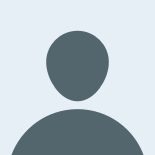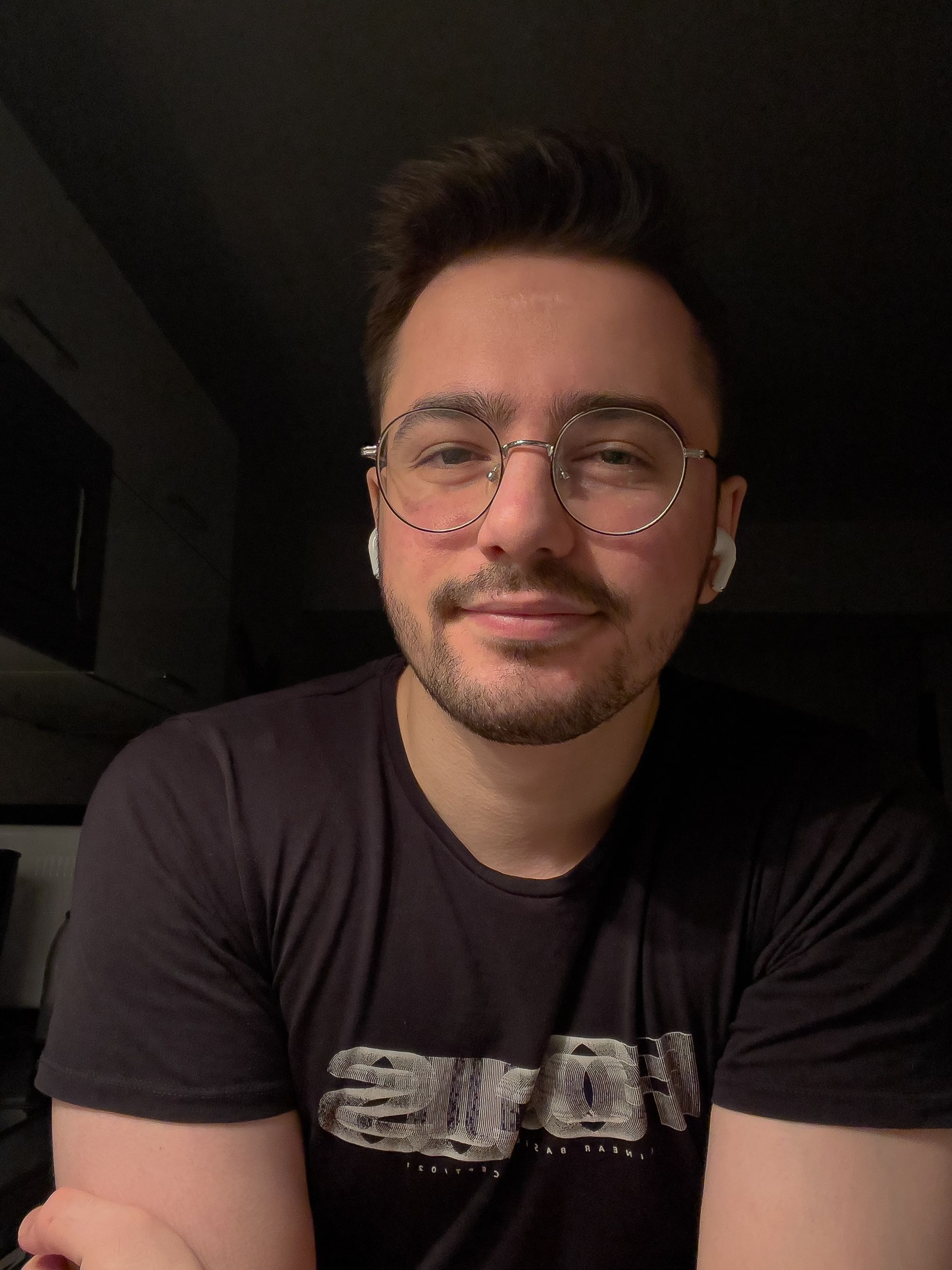My two months as a designer and takeaways from a cross-functional rotation - including why it might be right for you
How it started
I’m Nicole - an engineer on Gusto’s core payroll team by day, aspiring product designer by night! Back in June of this year, I had the opportunity to do an 8 week rotation in product design. For the longest time, I’d been wanting to do work that is more user-facing, since my team operated primarily in the backend space. I’ve had chances here and there to do some frontend development, but I was looking for more. Working on designs someone else had created didn’t scratch the itch of exercising my empathy muscle and crafting the user experience.
Starting off the process was tricky - I would be the first engineer at Gusto to rotate into a product design role. My first manager was incredibly supportive of my desire to explore. After asking helpfully pointed questions about my motivations, he agreed that a rotation would be the best way to answer the questions I had about a career switch and kicked off initial conversations with our organization’s design lead. It was a huge help that the two managers that supported me during this process were both invested in my career growth as a human, not just as an engineering resource on their teams.
Another piece of the puzzle was getting to know Jess, the designer on my team, before going into the rotation. We had worked closely together on a new feature where I had the chance to shadow her process and become familiar with how our design friends operate. Since we were already friendly, and she was basically who I wanted to be when I grew up, it seemed like a natural next step to share my career goals with her. Jess’s contagious positivity and willingness to share her knowledge and experiences through mentorship played a key role in making my rotation wonderful. Make friends with your designers, they don’t bite!
One mental roadblock that I had to overcome was the urge to put off the rotation. I was worried about the potential impact my absence could have on my team. It seemed selfish to go off and find answers to my own career questions while my engineering team still had a ton of work to do. As I posed these concerns to my peers and PE, I was met with both support and a reality check: yes, my presence on the team would be missed, but the train would keep moving ahead in the hands of my capable teammates. You are in charge of your own career growth, a mentor told me. You need to grab this opportunity by the reins and make the most of it if this is a career path you’re seriously considering.
And what a ride it was
During my rotation, I was able to design my own project - a revamp of Gusto’s charitable donation feature, Gusto Giving. The feature had started out as a hackathon project and was in need of some love and a refresh. I was introduced to Gusto Giving on the technical side: my team was slated to perform an API upgrade for the donation partner that we leverage to search for charities and move funds. By doing that work, I was exposed to the in-app donation flow and recognized that there was a lot of room for UX improvements. Even though Gusto Giving was something that we expected to ‘Just Work’, it seemed like a perfect opportunity to introduce ease and delight into an experience that had a lot of road bumps and to celebrate our Gustomers’ generosity.
By exploring this project, I touched many different facets of the design process and toolbelt: I learned how to use Figma, designed and performed my own research study, experienced extremely helpful feedback at design crit, and ultimately landed on designs and a story that I was happy with. Another engineering team was able to pick up the designs that I had crafted to improve the charity search feature, and as of this past September, we’ve just passed a multi-million dollar milestone of funds donated to charities through Gusto! As Gusto continues to grow, I hope that we can continue to invest in our value that work empowers a better life for all- a value that Gusto Giving embodies.
Some lessons I learned along the way
No human is an island
I was initially intimidated by the team structure surrounding design. At Gusto, there’s usually a single designer embedded on a team. Coming from the engineering world where you’re usually surrounded by a small army of peers, it initially seemed like a more isolated role to me. I learned that being the only designer on your ‘team’ doesn’t mean that you’re alone! I witnessed and experienced this in overflowing ways, some of which were design crit and one on one conversations for feedback and pairing.
Having this type of cross-team collaboration was cool because:
1. I had awareness of what other designers were working on across the company/segment
2. It promoted a shared understanding of how design works at Gusto and consistency in product experiences
Keep a user-centric mindset, always
As an engineer, I’ve been guilty of losing sight of who I’m building for while executing on an ever-flowing stream of work. Thinking through a problem from a design perspective recentered my mindset on the customer. Every step of the design process pushed me to think of solutions with an end-user at the forefront of my mind.
This manifested when rethinking the step in the Gusto Giving flow to select a donation amount. In the beginning, my mind was anchored on the fact that more is better - the more we can get our Gustomers to donate, the more ‘successful’ this feature would be. Taking a step back and looking at the experience from a more human-centered perspective, it came to me that the most important thing to consider here was transparency. A huge component of enabling financial prosperity is providing the necessary information to make an educated decision. This prompted me to add an annual total calculation for donations to the UI. For example, someone who chooses to donate $50 every paycheck could potentially donate $2400 a year, and we perform that calculation for them and display it. Having access to an annual calculation could enable someone to evaluate if their donation amount is actually feasible given their budget, or even encourage someone to donate more once they see how much impact a seemingly small donation can have in a year.
The rotation was a needed reminder that we all do work that ultimately serves our customers- and that sometimes, as an engineer on a primarily backend team, we need to find creative ways to pull back the curtain and make sure that the work that we do can be leveraged to its fullest extent by our users.
Lean into your superpowers
Going into the rotation, I had doubts that my engineering background would make me a better designer, but Jess encouraged me to lean into my technical side instead of shying away from it. I had worked on an API update for the feature that I was revamping, which gave me a good technical understanding of what was possible. One pitfall, however, was that I limited my potential solutions from the get-go. While brainstorming, Jess pushed me to cast a wide net of ideas in the early stages of the design process and to get as many as I could down on paper. This combination of dreaming big framed with pragmatic knowledge helped immensely in crafting ambitious, innovative designs that were ultimately feasible.
Another take on this lesson is for the people who feel like they don’t necessarily fit into the mold of a ‘good engineer’. Maybe you feel like you excel in cross-functional communication or user empathy. Lean into those things instead of shying away from them! This was one of the big drivers of a design rotation for me. I found that I do my best work when I am truly excited by the problem space and leaning into my strengths - even when they’re not technical.
How it’s going
You can find me back on the engineering team building out a stellar run payroll experience. Part of my heart now knows that design is incredibly fulfilling and incredibly fun, so we’ll see where that takes me. If you feel any amount of curiosity about what your design, product, data science, or beyond friends are doing, tap them on the shoulder- you never know where that conversation might lead you.


